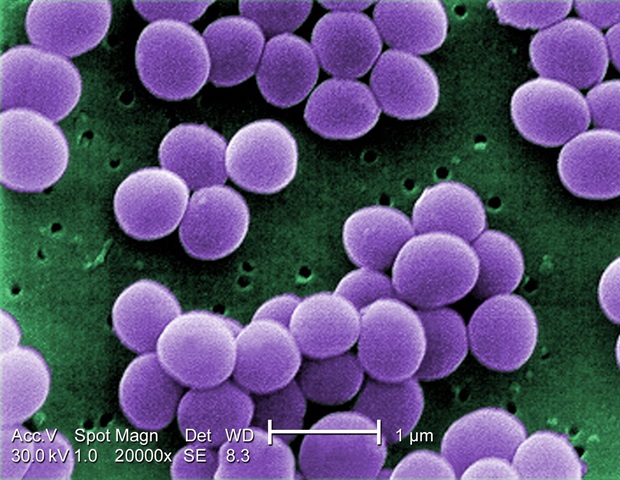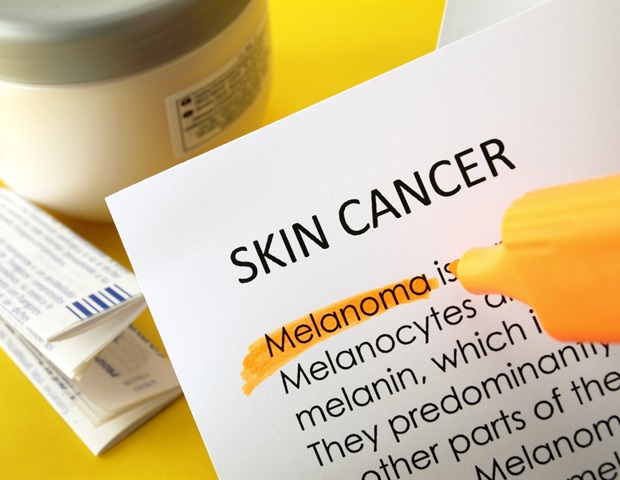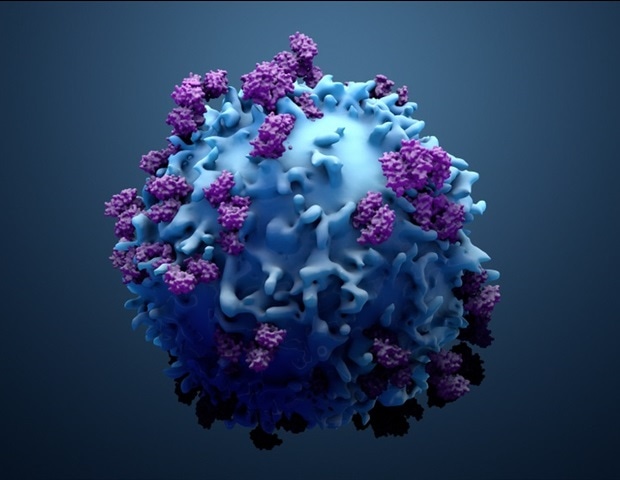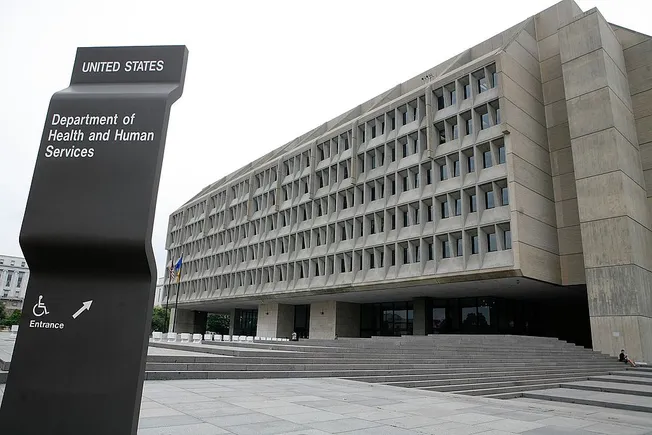Background and objectives
Severe COVID-19 pneumonia often requires high concentrations of oxygen, which can potentially lead to oxidative stress and lung injury. This study aimed to investigate the impact of different oxygen therapy modalities on oxidative stress by comparing malondialdehyde (MDA) levels, an oxidative stress marker, and glutathione (GSH), an antioxidant marker, in patients with severe COVID-19 pneumonia.
Methods
This study included 50 patients with COVID-19 pneumonia who received oxygen therapy using a reservoir mask at ≥15 L/m, high-flow oxygen therapy at 60 L/m, or oxygen therapy with noninvasive mechanical ventilation at fraction of inspired O2 (FiO2) levels of ≥60%. GSH and MDA levels were measured 48 h after starting oxygen therapy at FiO2 ≥ 60% and 48 h after switching to nasal cannula oxygen therapy at 2–4 L/m.
Results
Overall, 60% (n = 30) of the patients were men, and 40% (n = 20) were women. In patients with accompanying hypertension, MDA levels, which were higher during oxygen therapy at FiO2 ≥ 60%, decreased significantly after switching to nasal cannula oxygen therapy at 2–4 L/m (p = 0.046). A significant difference in MDA was not found after switching to lower oxygen flow (p = 0.064) in patients with underlying diabetes mellitus. GSH levels in patients with underlying diabetes mellitus were higher during oxygen therapy at FiO2 ≥ 60% and decreased significantly after switching to nasal cannula oxygen therapy at 2–4 L/m (p = 0.021).
Conclusions
This study compared MDA and GSH levels among patients receiving oxygen therapy at high and low concentrations for severe COVID-19 pneumonia. The results revealed that patients who died of COVID-19 pneumonia had significantly higher mean MDA levels than those who survived. In patients with underlying HT, MDA levels, which were higher during oxygen therapy at FiO2 ≥ 60%, decreased during nasal oxygen therapy at 2–4 L/m; this difference was significant. The increase in serum MDA levels during high-flow oxygen therapy and the decrease during low-flow therapy in patients with COVID-19 pneumonia accompanied by hypertension suggest that oxidative stress due to hyperoxia should be taken into consideration.
Source:
Journal reference:
Özenç, S., et al. (2024). Relationship between Concentrations of Oxygen and Levels of Oxidative Stress in Patients Receiving Oxygen Therapy for Severe COVID-19 Pneumonia. Exploratory Research and Hypothesis in Medicine. doi.org/10.14218/erhm.2024.00015.

 3 hours ago
1
3 hours ago
1
















.png)

.png)
.png)
.png)













 English (US) ·
English (US) ·  Hindi (IN) ·
Hindi (IN) ·